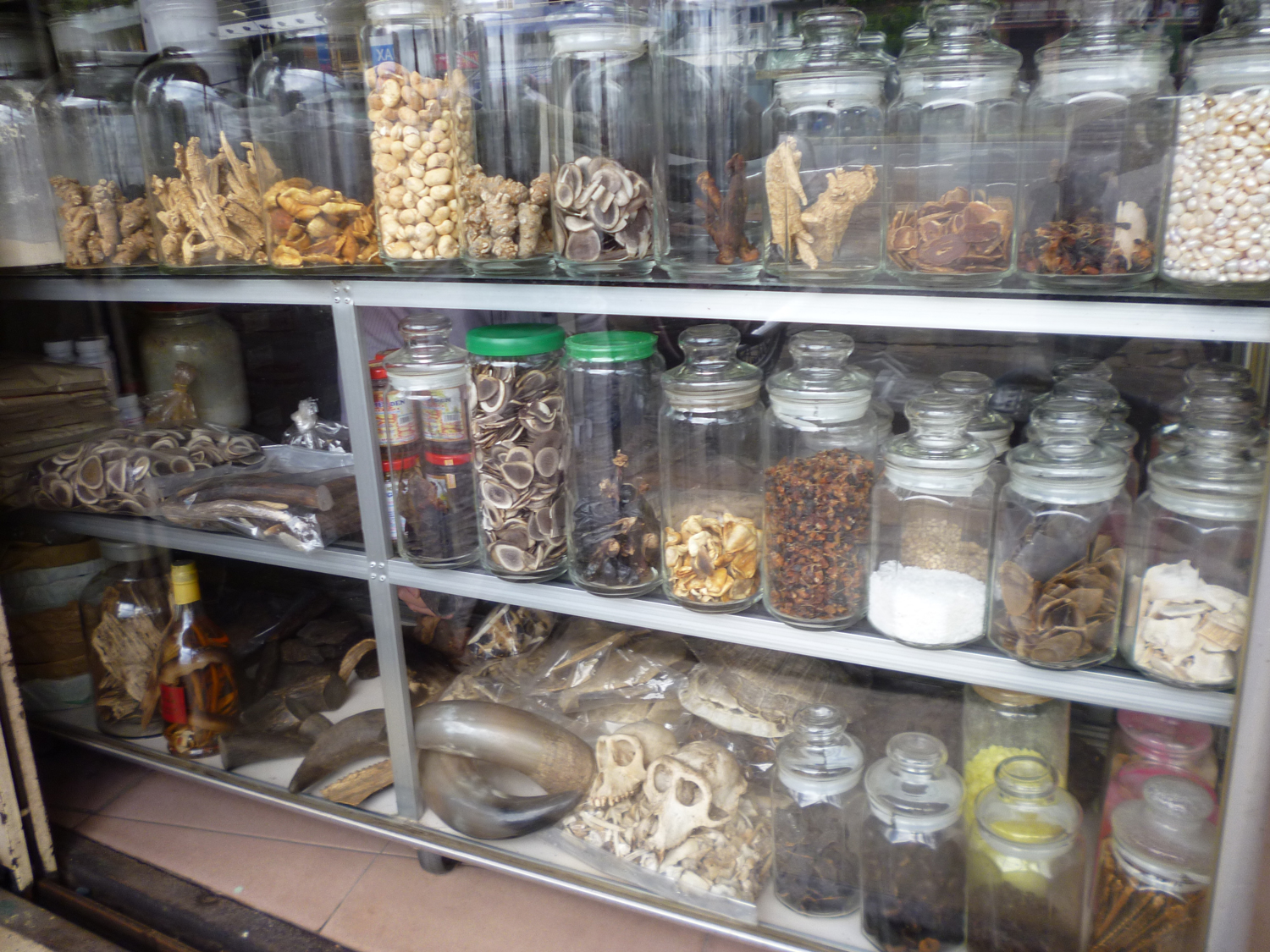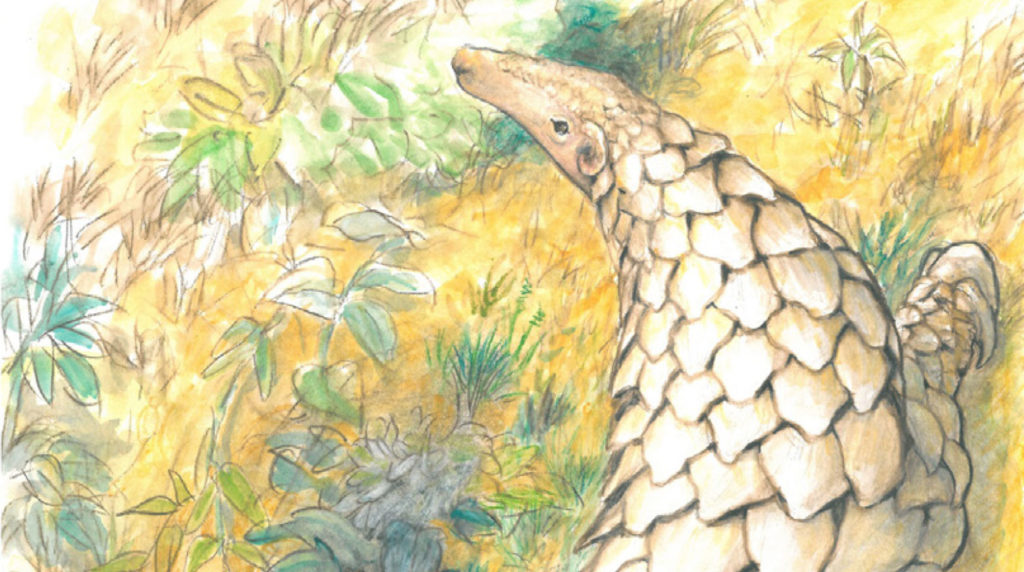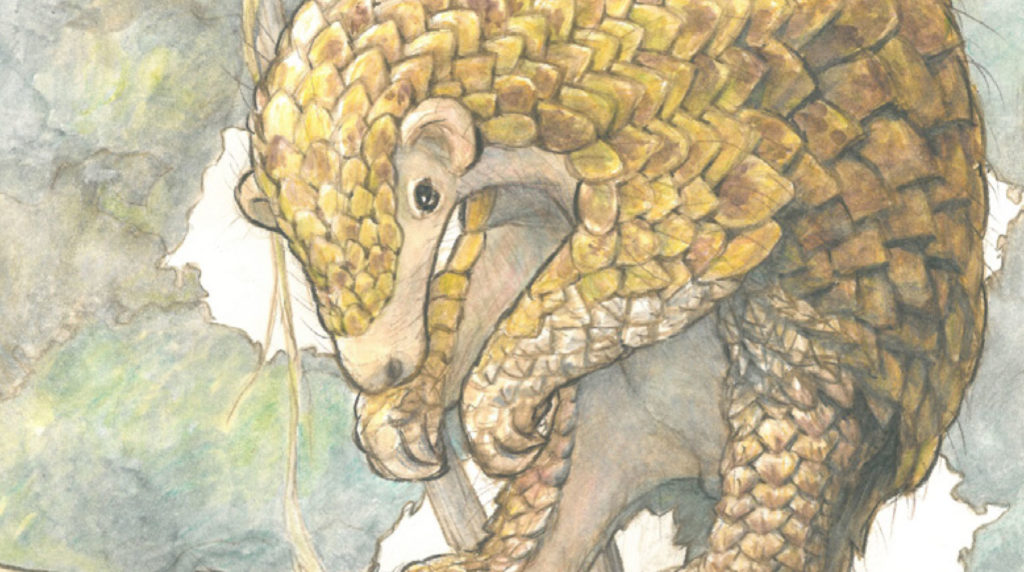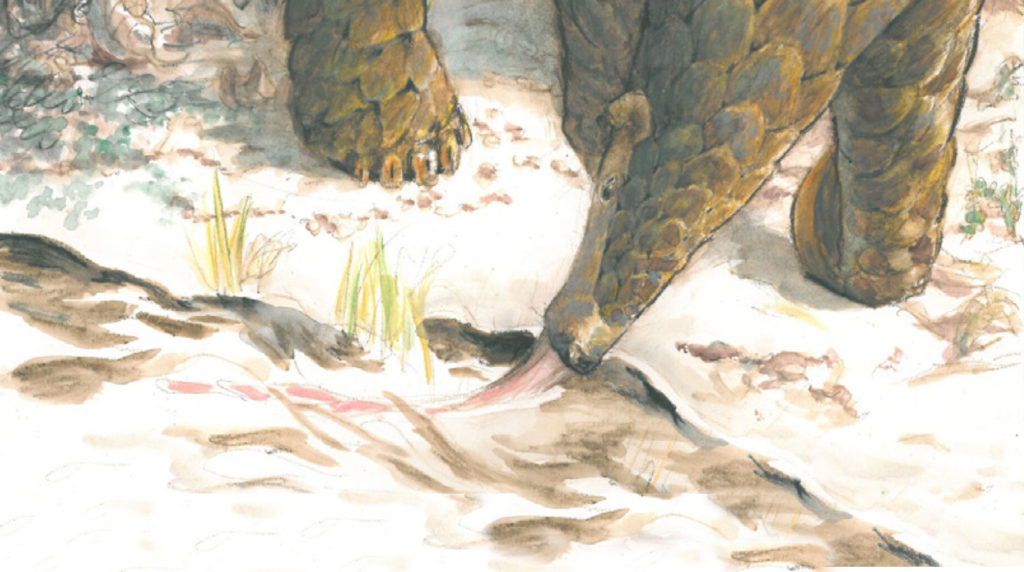What is a pangolin?
Pangolins, or scaly anteaters as they are otherwise known, are unique mammals covered in hard scales, comprised of keratin. They predate almost exclusively on ants and termites and are predominantly nocturnal and elusive, secretive mammals.
Threats
Overexploitation
The primary threat to most pangolin species is illegal hunting and poaching for local use and illicit international trade. Recent estimates based on seizure data suggest that the equivalent of more than 895,000 pangolins were trafficked globally between 2000 and 2019 (1). This trade mainly involves pangolin scales and meat, which are primarily trafficked to East and Southeast Asia, and to a lesser extent other body parts.

Scales for Traditional Medicines
Asia
Asian Medicine, particularly in China and Vietnam. They are believed to be a cure for ailments ranging from heart disease to cancer, and to help lactating women produce milk. Like rhino horn and human fingernails, pangolin scales are made of keratin and there is no western scientific evidence that they are efficacious in medicine
Africa
Similarly, pangolin scales are used to treat myriad medical conditions in Traditional African Medicine, especially in West and Central Africa, which is known as ‘Muti’ or ‘Juju’.
Meat consumed locally or as a luxury product
Pangolins have been consumed as a source of protein in virtually every range country throughout human history.
Asia
In Asia, this continues, but in many places local consumption has been foregone in favour of selling the animals into illicit, international trade because of the high prices pangolins can fetch. The majority of this trade is destined to China and Vietnam, as well as other countries in Southeast Asia, where pangolins are consumed as a delicacy. The high price and perceived rarity means consumers eat pangolins as a luxury product to demonstrate their wealth and reinforce social status, for example, businesspeople trying to impress clients on signing contracts.
Africa
In Africa, pangolins are eaten as wild meat, especially in West and Central Africa, where local rather than international trade is predominant. Estimates suggest that at least 400,000 pangolins are hunting and consumed locally in Central Africa each year (2).


Ongoing illegal trade despite international protection
Illicit international trade in pangolins and their parts takes place despite international protection afforded to the species. Pangolins have a long history in CITES, the Convention on International Trade in Endangered Species of Wild Fauna and Flora, which aims to ensure that wild species do not go extinct as a result of international trade. Each pangolin species was included in CITES Appendix II in 1995, meaning trade should be closely regulated, and in the year 2000, zero export quotas for wild-caught specimens traded for primarily commercial purposes were established for the Asian pangolins, in effect, a proxy trade ban. Due to ongoing concerns about the overexploitation of pangolin populations, each species was included in CITES Appendix I at CoP17 in 2016, establishing an international trade ban on commercial trade in wild-caught pangolins and their derivatives. Pangolins are also protected species in most of their range countries under national legislation, but illegal harvest and trade continues seemingly unabated.
The impact of overexploitation on pangolin populations
High levels of offtake have resulted in steep declines in pangolin populations, especially the Chinese (Manis pentadactyla), Sunda (M. javanica) and Philippine pangolins (M. culionensis) in China and Southeast Asia in recent decades, and in some places this has resulted in the commercial extinction of the species, or the loss from some sites altogether.
Since 2008, there has been an apparent increase in the trafficking of African pangolin scales, mainly from West and Central Africa to Asian markets, which appears to be placing greater exploitative pressure on tropical African pangolin populations. Quantifying the impact of illicit, international trade and disentangling it from local use is challenging, as in Asia, in part because there is a lack of standardized population monitoring methods for pangolins.
Based on the best available evidence, the IUCN Red List assessments for pangolins were updated in December 2019, resulting in the species being categorised as Critically Endangered, Endangered or Vulnerable, based on past, ongoing and future population declines attributed to actual or potential levels if exploitation. The respective Red List category for each species is included in the below table and more detailed information on each species can be found in the corresponding Red List assessment.












